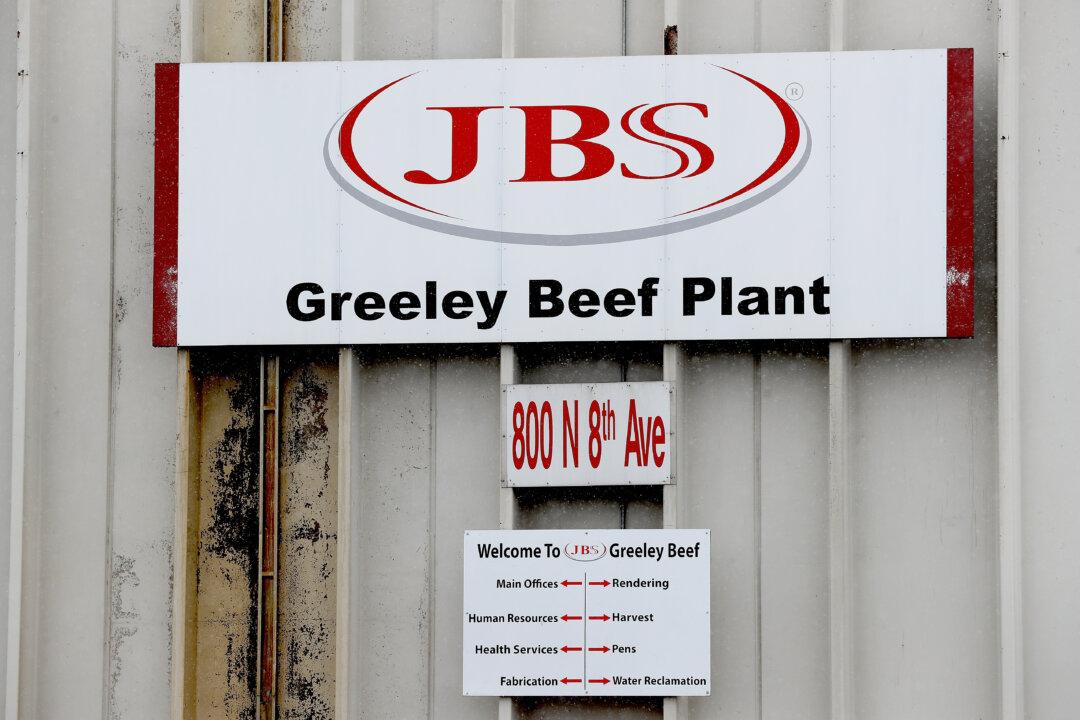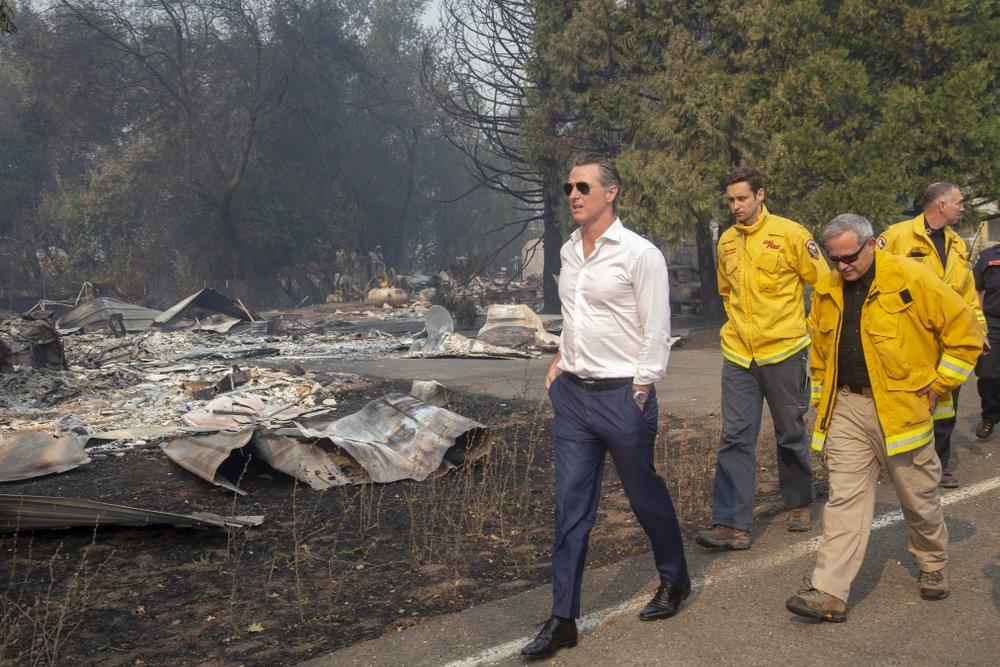The Environmental Protection Agency (EPA) announced final revisions Monday to Obama-era effluent emission standards for coal-fired “steam electric” power plants. The EPA says the final rule will take account of a number of newer and more affordable pollution-control technologies and allow power companies a more flexible approach to phasing in the implementation of such technology.
According to the EPA, the new rule will reduce pollution greater than that proposed by the 2015 regulation, save the U.S. electricity production sector $140 million each year, and protect jobs in the industry.





